Taking Measure
Just a Standard Blog
We have a gift for you, packaged up in December 2021 and now ready to experience in full. Each day in December, the NIST Invent Calendar revealed innovations plucked from our 120-year history. Here are a few of the noteworthy patents to enjoy.
DAY 1: AC Radio Receiver (Patent 1,455,141)
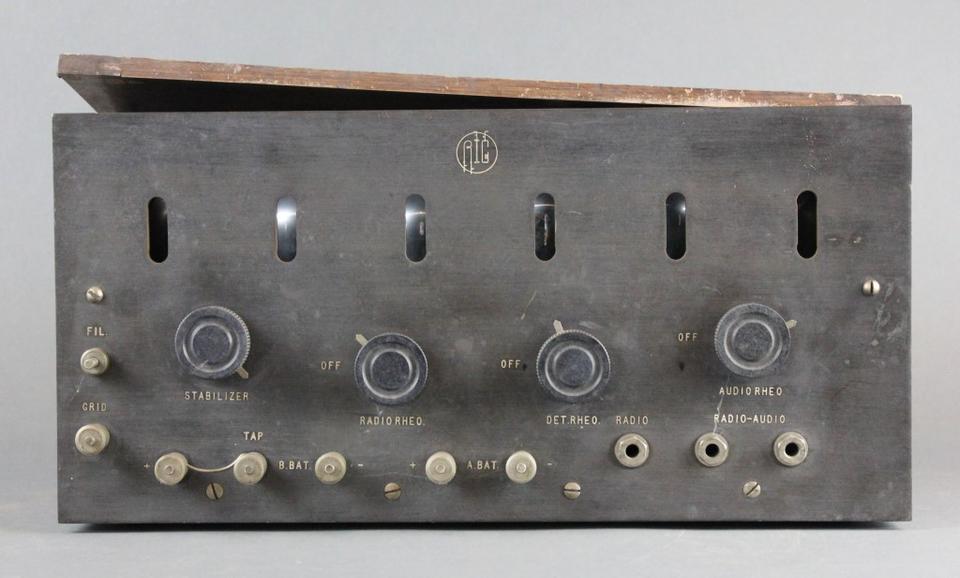
Year Granted: 1923
Inventors: Percival D. Lowell and Francis W. Dunmore
Plug it in: Meet the first commercially built broadcast radio receiver that operated with alternating current (AC) delivered by the power grid (at 60 hertz).
In the early years of radio broadcasting, radio receivers were powered exclusively by batteries. The periodic need to change the batteries was inconvenient, to say the least. Batteries at that time were bulky, heavy, cumbersome and an acid-filled source of danger and damage in a household.
Our researchers showed that receivers could use household 110-volt AC without sacrificing performance quality. Using AC household current to power radio sets was much safer and more convenient for the consumer, which helped to expand radio ownership and propel the growth of the radio and broadcasting industries.
DAY 8: Telephone Call Indicator (Patent 2,813,154)
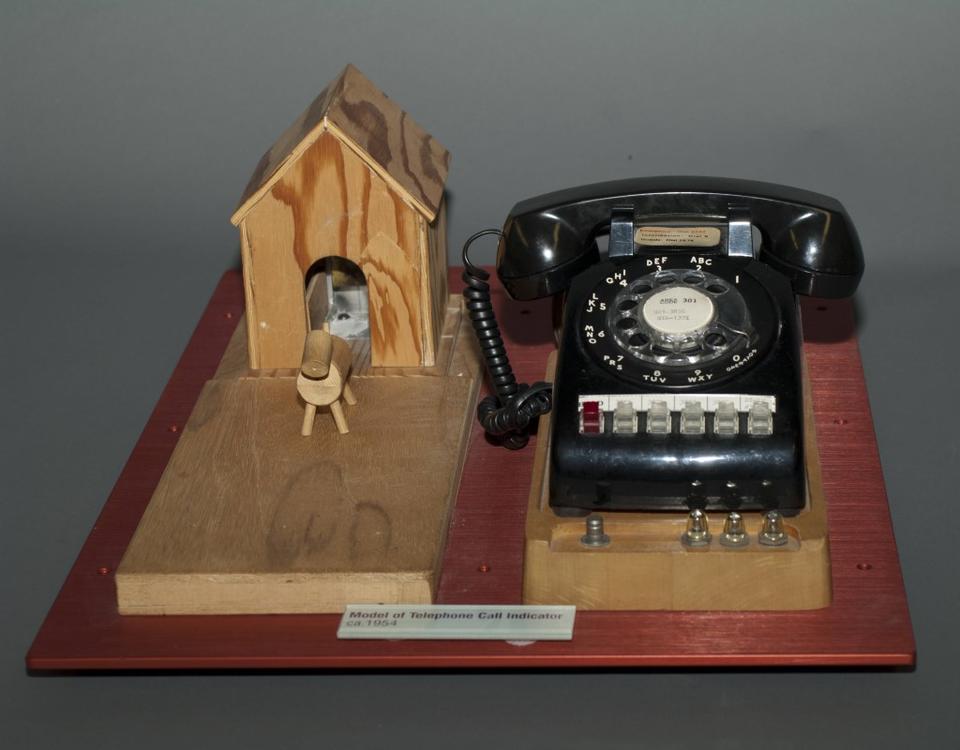
Year Granted: 1957
Inventor: Jacob Rabinow
Dares don’t always spur good results, but this one did. This device was born from a challenge presented by Rabinow’s patent attorney during a long car trip. Could this mechanical engineer create an inexpensive device to indicate whether a telephone had rung even if nobody had been there to answer it? (This was before the creation of answering machines and voicemail, by the way.)
Rabinow crafted a device that would operate with a principle similar to one he saw in childhood: A wooden toy bulldog would jump out of its doghouse box when stimulated by a clap or yell, operating on a closed circuit between a battery and electromagnet that would open briefly when a loud sound vibrated the box. With Rabinow’s invention, the telephone ring would stimulate a jump in voltage that would cause a neon light to shine. Neon caused the light to shine even after the sound ceased and the circuit closed, so someone coming back later would notice that a call had been received.
DAY 15: Method and Apparatus for Artificial Weathering (Patent 6,626,052)
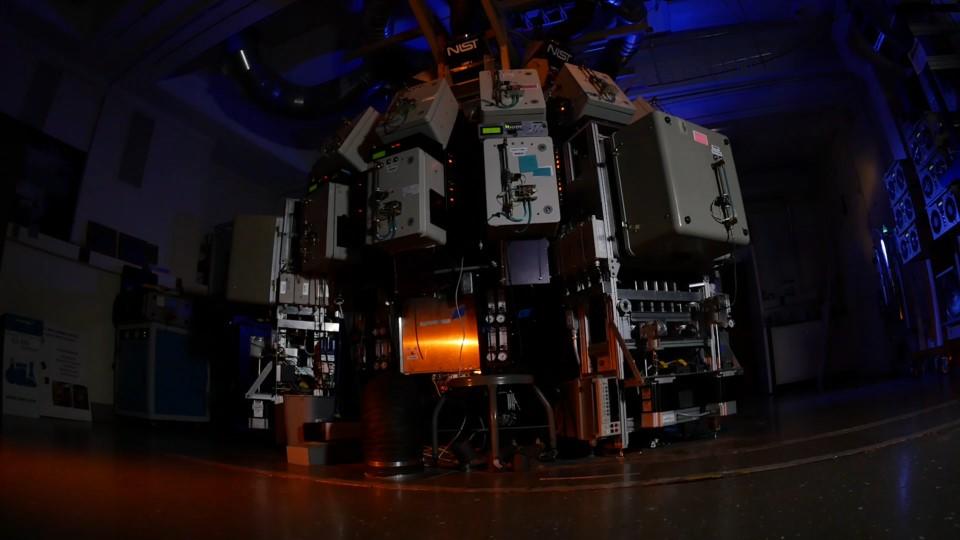
Year Granted: 2003
Inventors: Joannie Chin and Jonathan Martin
NIST’s SPHERE (aka Simulated Photodegradation via High Energy Radiant Exposure) puts materials through the wringer, mimicking days, weeks or years of exposure to the elements. A high-intensity ultraviolet light source at the center of the machine can generate 60 times the irradiance levels of the Sun. The light shines inside chambers on the periphery of the device where samples are held. There, temperature and humidity can be precisely controlled. Even today, our researchers use the machine to break down specimens, exploring everything from building materials to electrical cables and solar panels.
DAY 19: Aerodynamic Shoe Sampling System (Patent 9,983,102)
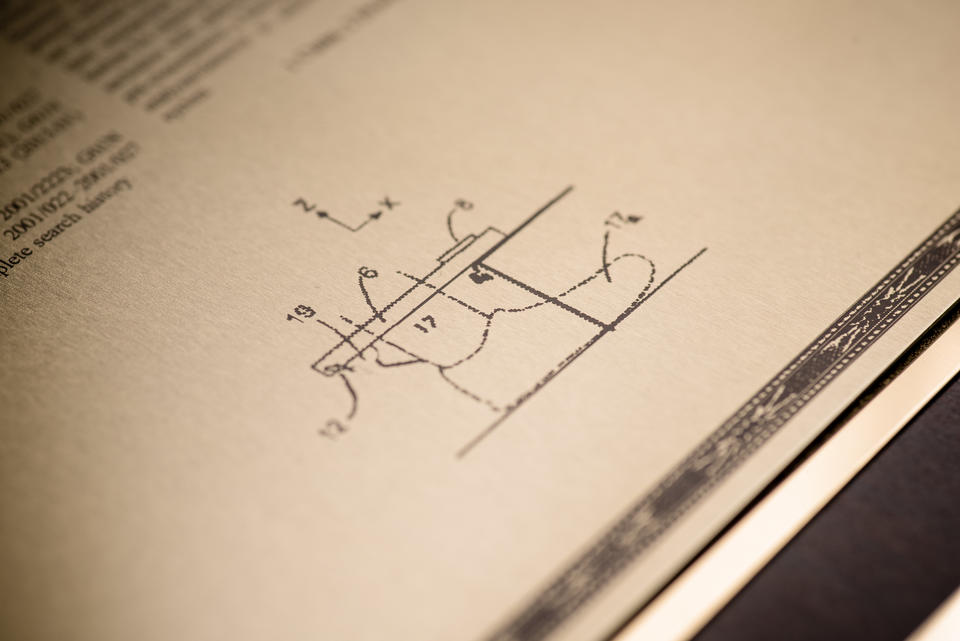
Year Granted: 2018
Inventors: Stefan Lukow and Matthew Staymates
If you enjoy long lines and wait times to get through security at airports, you might not be a fan of this invention. Using high-pressure air jets and air knives, our aerodynamic shoe sampling system removes and collects small particles from footwear without the need for physical contact. That means law enforcement authorities could still accurately test for trace amounts of explosives and narcotics, but people moving through security checkpoints wouldn't have to remove their shoes.
DAY 30: Optical Flow Meter for Determining a Flow Rate of a Liquid (Patent 11,035,707)
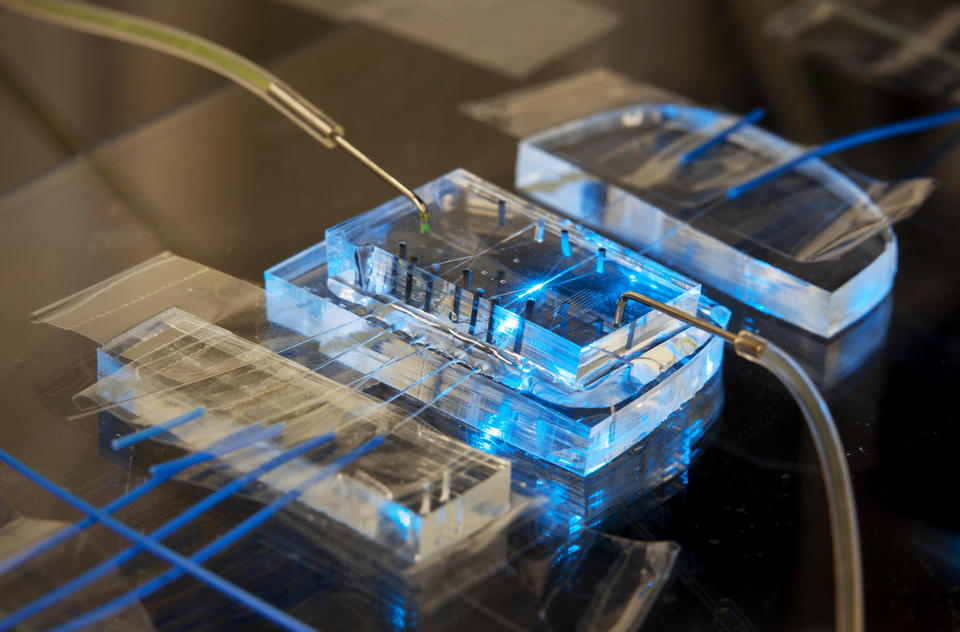
Year Granted: 2021
Inventors: Gregory Cooksey, Paul Patrone and Anthony Jose Kearsley
Medical diagnostics, molecular biology, pharmaceuticals, nanotechnology — many fields depend heavily on exact control over microfluidics at ever smaller volumes and on accurate analyses of the liquids’ properties.
Today’s chip-scale invention combines microfluidics and optical technology to make accurate measurements of liquid flows, which can be critical for advancing biomedical devices that depend on the way materials move at the micro and nanoscale. This matters for the delivery of nutrients and drugs from a culture of cells to a sensor, or within an organ-on-a-chip system. Learn more about NIST’s work in microfluidics and chip-scale technology.
If this selection of patents piques your interest, be sure to check each day in the full NIST Invent Calendar.
Curious about licensing NIST technologies? The Technology Partnerships Office prepares, negotiates and manages licenses for inventions available from NIST. For further information, please contact our staff.
About the author
Related Posts
Comments
I always look forward to stories in your reports. NIST certified equipment was very important in my position as a laboratory evaluation officer for the state where I live. Now retired, it seems to be in my blood to keep informed. Thank you for the good job that you do.
S Schultz
Excitingly Awesome & in most illustrative way to explain things !
Love the article






Love the article, and the inspiration behind it! Innovation is the future, however A look into the past always makes for A bright reminder of where we've come from.